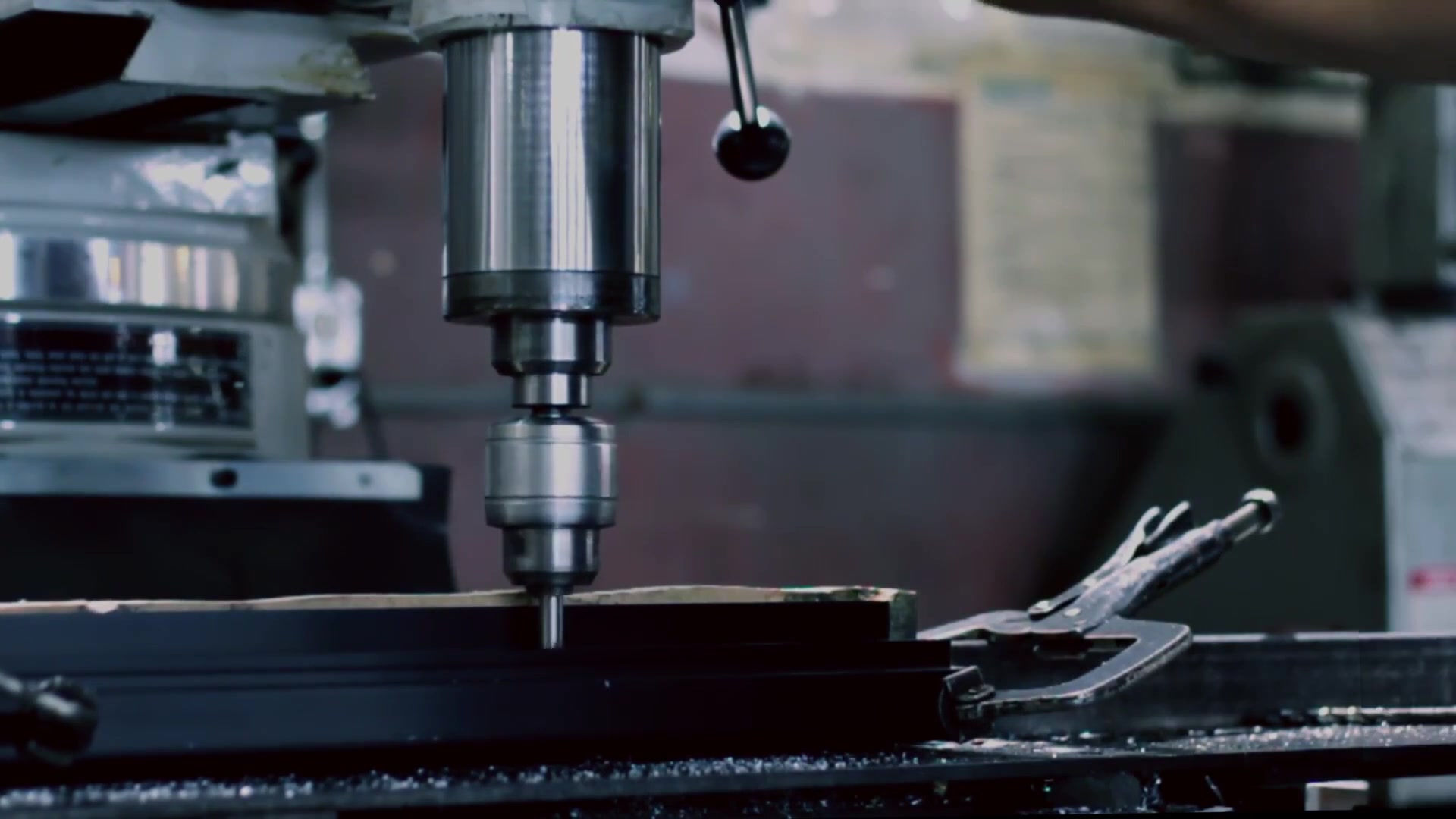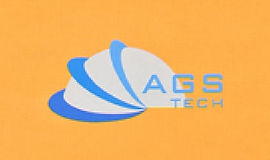


Global Custom Manufacturer, Integrator, Consolidator, Outsourcing Partner for a Wide Variety of Products & Services.
We are your one-stop source for manufacturing, fabrication, engineering, consolidation, integration, outsourcing of custom manufactured and off-shelf products & services. We also private label / white label your products with your brand name if you wish.
Choose your Language
-
Custom Manufacturing of Parts, Components, Assemblies, Finished Products, Machines and Industrial Equipment
-
Domestic & Global Contract Manufacturing
-
Manufacturing Outsourcing
-
Domestic, Global Procurement of Industrial Products
-
Private labeling / White Labeling your Products with your Brand Name
-
Product Finding & Locating Services
-
Global Design and Channel Partnership
-
Engineering Integration
-
Engineering Services
-
Global Consolidation, Warehousing, Logistics
Among our other most valuable JOINING techniques are ADHESIVE BONDING, MECHANICAL FASTENING and ASSEMBLY, JOINING NONMETALLIC MATERIALS. We dedicate this section to these joining and assembly techniques because of their importance in our manufacturing operations and the extensive content related to them.
ADHESIVE BONDING: Did you know that there are specialized epoxies that can be used for almost hermetic level sealing ? Depending on the level of sealing you require, we will choose or formulate a sealant for you. Also do you know that some sealants can be heat cured whereas others require only a UV light to be cured ? If you explain us your application, we can formulate the right epoxy for you. You may require something that is bubble free or something that matches the thermal coefficient of expansion of your mating parts. We have it all ! Contact us and explain your application. We will then choose the most suitable material for you or custom formulate a solution for your challenge. Our materials come with inspection reports, material data sheets and certification. We are capable to assemble your components very economically and ship you completed and quality inspected products.
Adhesives are available to us in various forms such as liquids, solutions, pastes, emulsions, powder, tape and films. We use three basic types of adhesives for our joining processes:
-Natural Adhesives
-Inorganic Adhesives
-Synthetic Organic Adhesives
For load-bearing applications in manufacturing and fabrication we use adhesives with high cohesive strength, and they are mostly synthetic organic adhesives, which may be thermoplastics or thermosetting polymers. Synthetic organic adhesives are our most important category and can be classified as:
Chemically Reactive Adhesives: Popular examples are silicones, polyurethanes, epoxies, phenolics, polyimides, anaerobics like Loctite.
Pressure Sensitive Adhesives: Common examples are natural rubber, nitrile rubber, polyacrylates, butyl rubber.
Hot Melt Adhesives: Examples are thermoplastics like ethylene-vinyl-acetate copolymers, polyamides, polyester, polyolefins.
Reactive Hot Melt Adhesives: They have a thermoset portion based on urethane’s chemistry.
Evaporative / Diffusion Adhesives: Popular ones are vinyls, acrylics, phenolics, polyurethanes, synthetic and natural rubbers.
Film and Tape Type Adhesives: Examples are nylon-epoxies, elastomer-epoxies, nitrile-phenolics, polyimides.
Delayed Tack Adhesives: These include polyvinyl acetates, polystyrenes, polyamides.
Electrically and Thermally Conductive Adhesives: Popular examples are epoxies, polyurethanes, silicones, polyimides.
According to their chemistries adhesives we use in manufacturing can be classified as:
- Epoxy based adhesive systems: High strength and high temperature endurance as high as 473 Kelvin are characteristic of these. Bonding agents in sand mold castings are this type.
- Acrylics: These are suitable for applications that involve contaminated dirty surfaces.
- Anaerobic adhesive systems: Curing by oxygen deprivation. Hard and brittle bonds.
- Cyanoacrylate: Thin bond lines with setting times under 1 minute.
- Urethanes: We use them as popular sealants with high toughness and flexibility.
- Silicones: Well known for their resistance against moisture and solvents, high impact and peel strength. Relatively long curing times of up to a few days.
To optimize the properties in adhesive bonding, we may combine several adhesives. Examples are epoxy-silicon, nitrile-phenolic combined adhesive systems. Polyimides and polybenzimidazoles are used in high-temperature applications. Adhesive joints withstand shear, compressive, and tensile forces pretty well but they may easily fail when subjected to peeling forces. Therefore, in adhesive bonding, we must consider the application and design the joint accordingly. Surface preparation is also of critical importance in adhesive bonding. We clean, treat and modify surfaces to increase the strength and reliability of interfaces in adhesive bonding. Using special primers, wet and dry etching techniques such as plasma cleaning are among our common methods. An adhesion promoting layer such as a thin oxide may improve adhesion in some applications. Increasing surface roughness may also be beneficial prior to adhesive bonding but needs to be well controlled and not exaggerated because excessive roughness can result in trapping of air and therefore a weaker adhesively bonded interface. We use nondestructive methods for testing the quality and strength of our products after adhesive bonding operations. Our techniques include methods such as acoustic impact, IR detection, ultrasonic testing.
Advantages of adhesive bonding are:
-Adhesive bonding can provide structural strength, sealing and insulation function, suppression of vibration and noise.
-Adhesive bonding can eliminate localized stresses at the interface by eliminating the need for joining using fasteners or welding.
-Generally no holes are needed for adhesive bonding, and therefore external appearance of components is unaffected.
-Thin and fragile parts can be adhesively joined without damage and without significant increase in weight.
-Adhesive joining can be used to bond parts made of very different materials with significantly different sizes.
-Adhesive bonding can be used on heat sensitive components safely due to low temperatures involved.
However some disadvantages do exist for adhesive bonding and our customers should consider these prior to finalizing their designs of joints:
-Service temperatures are relatively low for adhesively joint components
-Adhesive bonding may require long bonding and curing times.
-Surface preparation is needed in adhesive bonding.
-Especially for large structures it may be difficult to test adhesively bonded joints nondestructively.
-Adhesive bonding may pose reliability concerns in the long term due to degradation, stress corrosion, dissolution….and the like.
One of our outstanding products is ELECTRICALLY CONDUCTIVE ADHESIVE, which can replace lead-based solders. Fillers such as silver, aluminum, copper, gold make these pastes conductive. Fillers can be in the form of flakes, particles or polymeric particles coated with thin films of silver or gold. Fillers can also improve thermal conductivity besides electrical.
Let us continue with our other joining processes used in manufacturing products.
MECHANICAL FASTENING and ASSEMBLY: Mechanical fastening offers us ease of manufacturing, ease of assembly and disassembly, ease of transportation, ease of parts replacement, maintenance and repair, ease in design of movable and adjustable products, lower cost. For fastening we use:
Threaded Fasteners: Bolts, screws and nuts are examples of these. Depending on your application, we can provide you specially designed nuts and lock washers for dampening vibration.
Riveting: Rivets are among our most common methods of permanent mechanical joining and assembly processes. Rivets are placed in holes and their ends are deformed by upsetting. We perform assembly using riveting at room temperature as well as at high temperatures.
Stitching / Stapling / Clinching: These assembly operations are widely used in manufacturing and are basically the same as is used on papers and cardboards. Both metallic and nonmetallic materials can be joined and assembled quickly without need to predrill holes.
Seaming: An inexpensive fast joining technique we use widely in manufacturing of containers and metal cans. It is based on folding two thin pieces of material together. Even airtight and watertight seams are possible, especially if seaming is performed jointly with using sealants and adhesives.
Crimping: Crimping is a joining method where we do not use fasteners. Electrical or fiber optic connectors are sometimes installed using crimping. In high volume manufacturing, crimping is an indispensible technique for fast joining and assembly of both flat and tubular components.
Snap-in Fasteners: Snap fits are also an economical joining technique in assembly and manufacturing. They permit quick assembly and disassembly of components and are a good fit for household products, toys, furniture among others.
Shrink and Press Fits: Another mechanical assembly technique, namely shrink fitting is based on the principle of differential thermal expansion and contraction of two components, whereas in press fitting one component is forced over another resulting in good joint strength. We use shrink fitting widely in the assembly and manufacturing of cable harness, and mounting gears and cams on shafts.
JOINING NONMETALLIC MATERIALS: Thermoplastics can be heated and melted at the interfaces to be joined and by applying pressure adhesive joining can be accomplished by fusion. Alternatively thermoplastic fillers of the same type may be used for the joining process. Joining of some polymers such as polyethylene may be difficult due to oxidation. In such cases, an inert shielding gas like nitrogen may be used against oxidation. Both external as well as internal heat sources can be used in adhesive joining of polymers. Examples of external sources we commonly use in adhesive joining of thermoplastics are hot air or gases, IR radiation, heated tools, lasers, resistive electrical heating elements. Some of our internal heat sources are ultrasonic welding and friction welding. In some assembly and manufacturing applications we use adhesives for bonding polymers. Some polymers such as PTFE (Teflon) or PE (Polyethylene) have low surface energies and therefore a primer is first applied prior to completing the adhesive bonding process with a suitable adhesive. Another popular technique in joining is the “Clearweld Process” where a toner is first applied to the polymer interfaces. A laser is then directed at the interface, but it does not heat the polymer, but does heat the toner. This makes it possible to heat only well-defined interfaces resulting in localized welds. Other alternative joining techniques in the assembly of thermoplastics are using fasteners, self-tapping screws, integrated snap-fasteners. An exotic technique in manufacturing and assembly operations is embedding tiny micron-sized particles into the polymer and using high-frequency electromagnetic field to inductively heat and melt it at the interfaces to be joined.
Thermoset materials on the other hand, do not soften or melt with increasing temperatures. Therefore, adhesive joining of thermoset plastics are usually carried out using threaded or other molded-in inserts, mechanical fasteners and solvent bonding.
Regarding joining and assembly operations involving glass and ceramics in our manufacturing plants, here are a few common observations: In cases where a ceramic or glass have to be joined with difficult-to-bond materials, the ceramic or glass materials are frequently coated with a metal that bonds itself easily to them, and then joined to the difficult-to-bond material. When ceramic or glass has a thin metal coating it can be more readily brazed to metals. Ceramics are sometimes joined and assembled together during their shaping process while still hot, soft and tacky. Carbides can be more easily brazed to metals if they have as their matrix material a metal binder such as cobalt or nickel-molybdenum alloy. We braze carbide cutting tools to steel toolholders. Glasses bond well to each other and metals when hot and soft. Information on our facility producing ceramic to metal fittings, hermetic sealing, vacuum feedthroughs, high and ultrahigh vacuum and fluid control components can be found here: Brazing Factory Brochure
Private Label Epoxy Solutions for Construction, Electrical, Industrial Assembly (Download brochure by clicking on blue text. We can put your name, label, logo on these epoxies if you wish)
